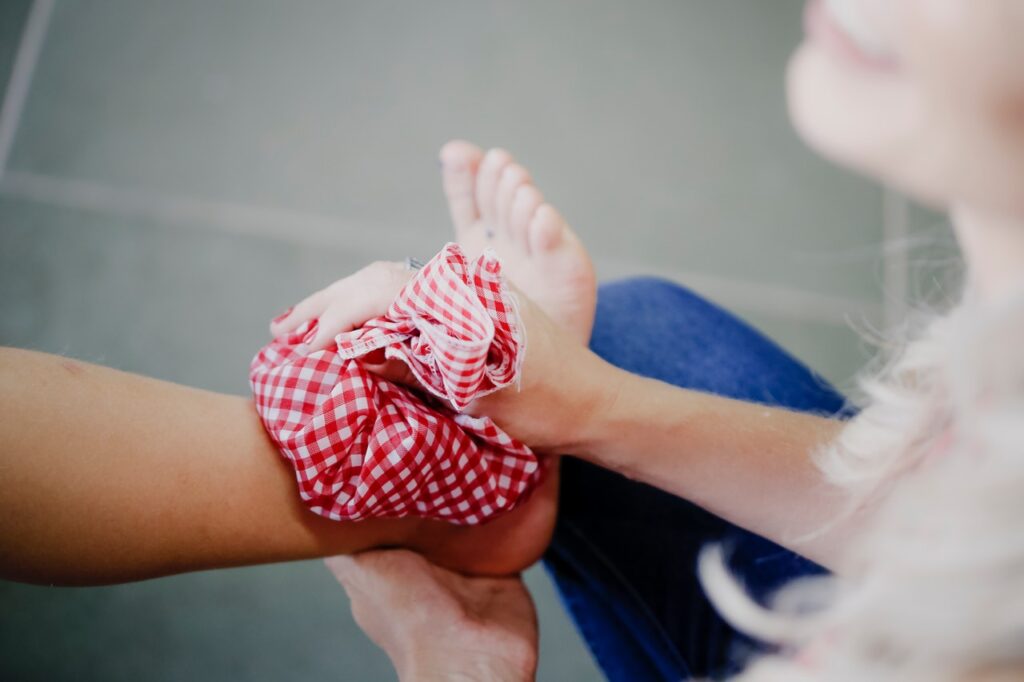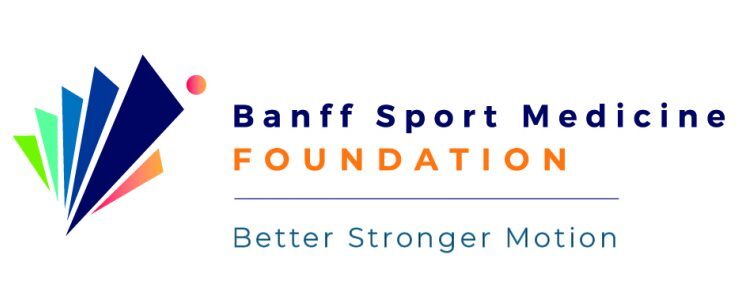Does stretching improve performance or help with injury?
In his latest article in the Bow Valley Crag & Canyon, Dr Andy Reed discusses stretching and it’s relationship with athletic performance and injury management.
Here’s the original article
Yes, I’m inflexible, and that’s OK

When I see injured patients in my office I am commonly asked questions about stretching, and which particular stretch would be best for the specific soft tissue woe for which they are seeing me.
A lot of my injured patients come in after months of struggling to self treat their injury without clear guidance, other than from some Facebook forum.
They have often been stretching and contorting for weeks or months, and are quite dismayed when I tell them that very likely it was all in vain.
So how exactly does one alleviate that tight IT band or grumbling hamstring, if not with stretching?
Well the details are too lengthy for this article, but I can tell you that it probably isn’t with stretching!
I remember reading an article a few years ago, essentially putting a nail in the coffin of stretching, and being secretly relieved that stretching did not confer performance benefits, because I rarely stretch, and it’s generally the last thing on my mind when I get back from a long run! I once went to a yoga class and it was laughable!
It turns out that aside from not improving sports performance, stretching may actually worsen performance, and actually increase the risk of injury!
But old habits die hard, and it seems that the message hasn’t really gotten through. I recently read that 80% of personal trainers in the US, when questioned about stretching, are still recommending it to their clients.
Dynamic versus Static Stretching: is there a difference?
I’ll back up a little, and make it clear that I am talking about static stretching here – that’s the hamstring stretch when you touch , or try to touch in my case, your toes, or the pull in the quadriceps when you pull your heel in to your butt.
These are different to the dynamic stretches or drills that we know can confer benefits such as the FIFA 11+ ACL prevention program or the dynamic ABC skips that runners often perform, and that I’ll perhaps write about in one of my future columns.
When we think of static stretches the usual advice is to hold these stretches for 20 – 30 seconds. The muscle and tendon units lengthen with repeated bouts of static stretching and this increased length, along with subsequent increased range of motion across our joints, was originally felt likely to make us faster and less prone to pulls and other injuries.
But the problem is that study after study has failed to show any of these purported benefits and often, in fact, the opposite.
It seems that stretching our tight tendons and muscles may in fact slow us down.
Think of your lower limb tendons as springs that store energy and return that energy with each stride as we bounce along on our run. Stretching those tight springs dampens down the return, the bounce, and reduces the force with which we can propel ourselves down the trail. We may run slower as a result.

And it seems that when we turn those stiff springs into looser, sloppier springs, more forces are transferred over to the attached muscles, resulting in a paradoxically increased risk of injury.
There are some nuances to the published evidence of course, much like with everything in medicine.
Being flexible for some sports clearly confers a benefit – no one will argue that a gymnast or sport climber needs to be flexible! And the research shows that habitual static stretchers likely don’t need to stop, especially if not injured; there’s no doubt that a good long stretch can feel good, but just be aware that for most of us it isn’t improving our performance, isn’t making us less injury prone, and won’t result in any meaningful health benefits; and if you’re stretching to try to help resolve an injury, then it’s probably better to stop, see a physiotherapist or doctor for some better advice, and spend your time getting stronger!
I see a lot of injuries that are being aggravated by all the stretching!
I often tell my patients that tight muscles are weak muscles, so instead of wasting your time struggling to touch your toes, a far better use of your time would be to go to the gym or basement, and lift up a few heavy things over and over again!
What’s the take home message?
Strength training is how to injury-proof yourself, and will make you a stronger and likely faster performer! Stretching just isn’t going to cut it, I’m afraid.
Contributing Expert

Dr Andy Reed, Banff Sport Medicine Physician







